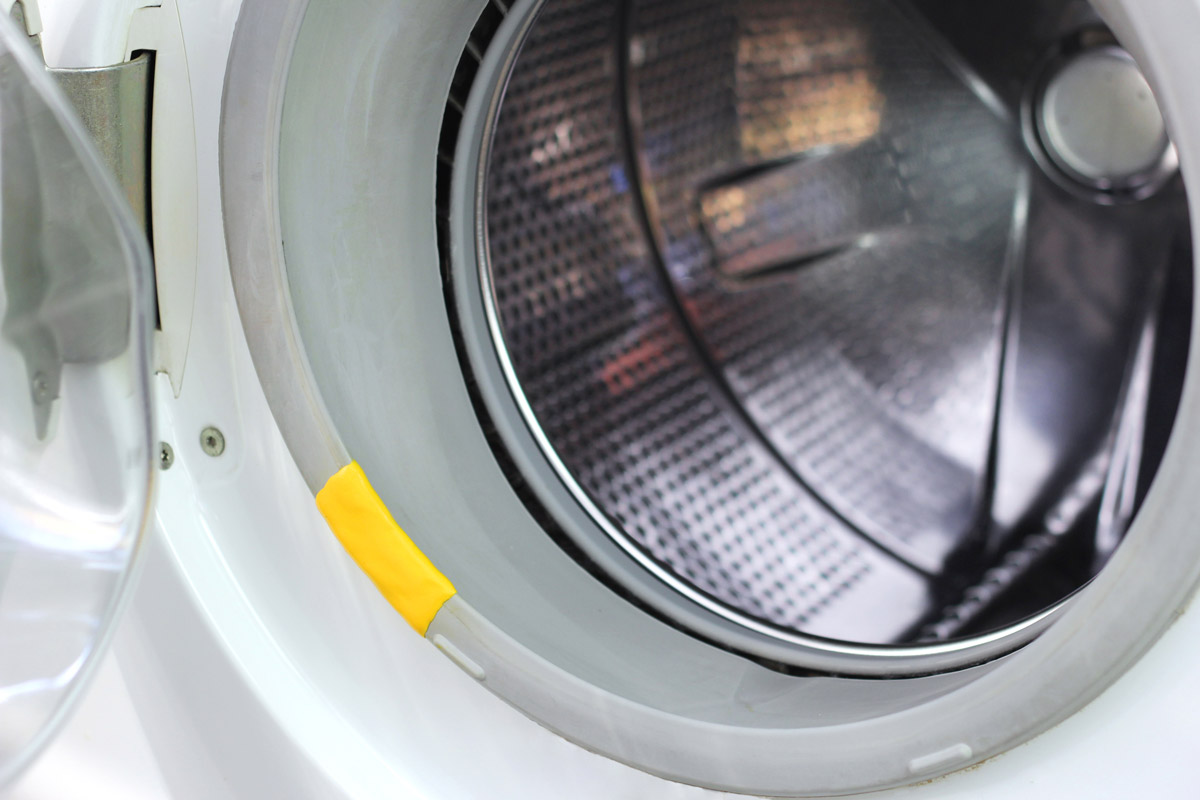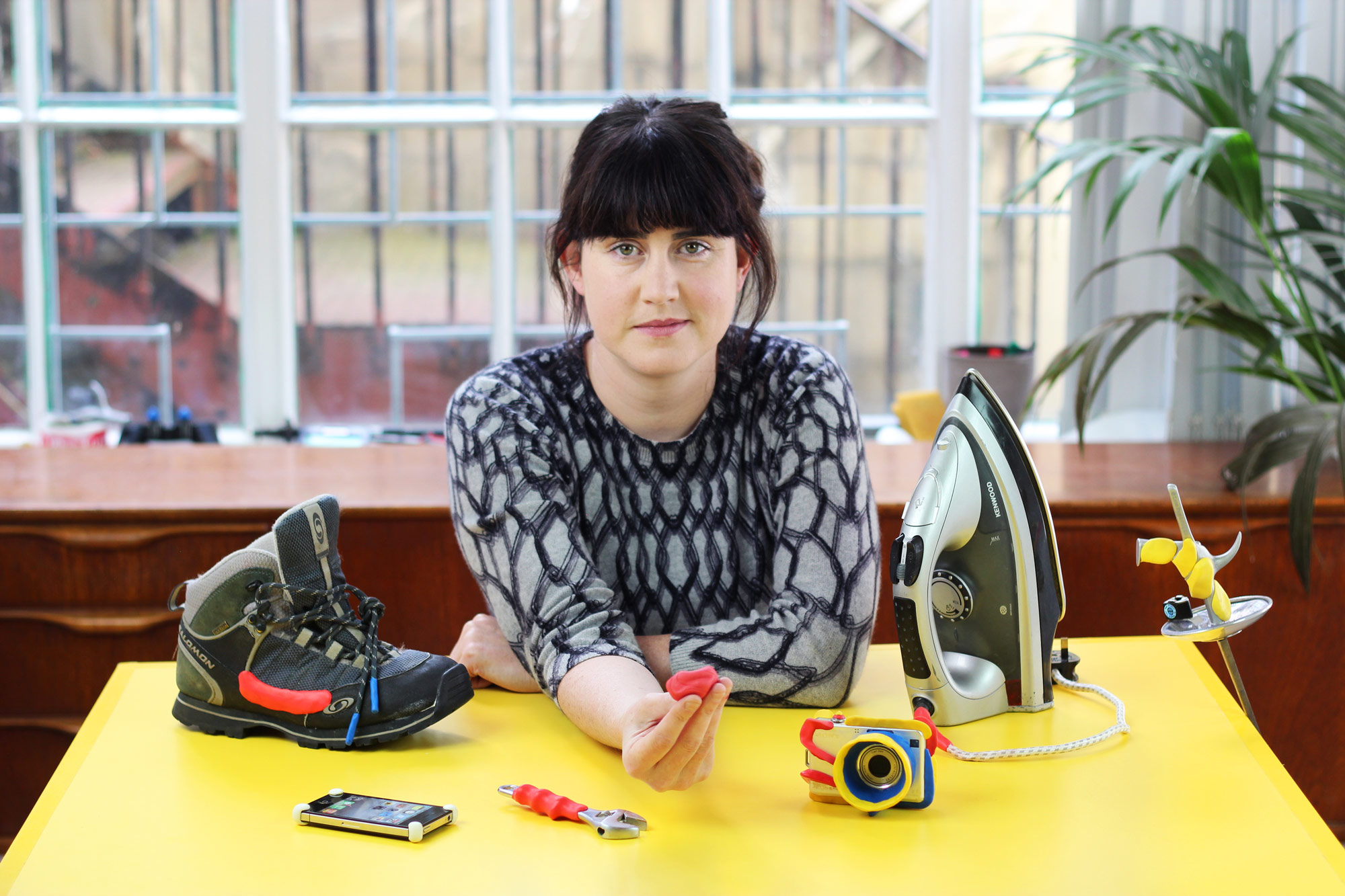
- Interview by Tina Essmaker July 23, 2013
- Photo courtesy of sugru
Jane Ní Dhulchaointigh
- designer
- entrepreneur
- scientist
Jane Ní Dhulchaointigh is the inventor and CEO of sugru, a self-setting rubber for fixing, modifying, and improving your stuff. Originally from Ireland, Jane studied at the Royal College of Art in London, where she had an idea that led to the first version of sugru in 2003. Six years and 8,000 lab hours later, the formula for sugru was complete. London-based sugru launched December 2009 and its community of users has grown to over 300,000 customers worldwide.
Interview
What was your path to becoming the inventor and CEO of sugru?
I grew up on a farm and that has actually turned out to inform my direction. It’s a very DIY way of life and solving problems is not about buying stuff—it’s about making things. Nobody talks about it; it’s just the way of life in that you bake your own bread, grow your own vegetables, and if the animals need a different size field, then you build a fence. Everything is adaptive and flexible.
Creativity has always been my thing and I studied fine art in college. I’ve always been passionate about the power of creativity to affect people’s lives. With that in mind, I decided to study design for my Master’s because that seemed like a good way to impact people’s daily lives—in some ways, I guess I had a pretty narrow view of what that meant. Being the ambitious person I am, I thought I was moving to London to become a famous product designer, but a few weeks in, I realized that I was actually pretty rubbish at design.
At school, I hid myself away in the workshop area. Because my background was in sculpture, I thought that perhaps materials were something I could bring to design that would allow me to have an original take on it. In a very crude way, I started experimenting and combining materials with opposite properties. One of the experiments I did involved silicone and wood powder; I have no idea why I did it, but in combining those two things, I was able to make these balls that looked like wood, but behaved like ping-pong balls. For me, that was a moment of surprise and delight. My imagination took hold and I started thinking of all the projects I could do.
Over the next few weeks, I experimented with the material and thought about what its role in the world could be. I was asking myself, “What is the one perfect thing that this material could do?” None of my ideas seemed to be good enough, so I kept giving up. However, I hate waste; when I’d make up a batch, I’d only have a limited period to use it, so I used the leftover materials to adapt things around my house. I solved problems in my kitchen—for example, I adapted the shape of a knife that was uncomfortable to use—and made other improvements around the house. I didn’t connect any of that with my design course; it was just a thing I did.
One night, I was giving myself a really hard time and my boyfriend, James, brought me into the kitchen and pointed out all the humble little solutions I had done. He said, “What if it’s not you that’s the creative person, and what if it’s not one perfect design or solution? What if this could be a humble, handy household product that everyone could use to make their things better?” Suddenly, it was about everyone’s potential; users know why things don’t work, from the teapot that doesn’t pour properly to the shoe that’s really uncomfortable. That was a real light bulb moment for me. I saw this huge potential and everything clicked. I thought that if I could make it simple enough and attractive enough, then millions of people could use it—I felt very sure from the start that it had the potential to be something universal.
I continued to develop the concept. For my graduation show a few months later, I made a little book of cartoons that showed how the product could be used in the world. It was really playful and thinking about what people would do with this material if it existed. At my graduation show, the most common questions were, “Where can I buy it?” and, “How much does it cost?” I figured I should do something about that, but I didn’t have a background in business or science.
When I left college, I tried to get help from anyone who would assist me. The college helped by introducing me to my cofounder, Roger Ashby, who is a serial entrepreneur with a background in technology, engineering, and science. Once I connected with him, we were able to meet a lot of people and get funding to start developing the science for this material I had imagined. That’s the genesis of sugru.
“At school, I hid myself away in the workshop area. Because my background was in sculpture, I thought that perhaps materials were something I could bring to design that would allow me to have an original take on it.”
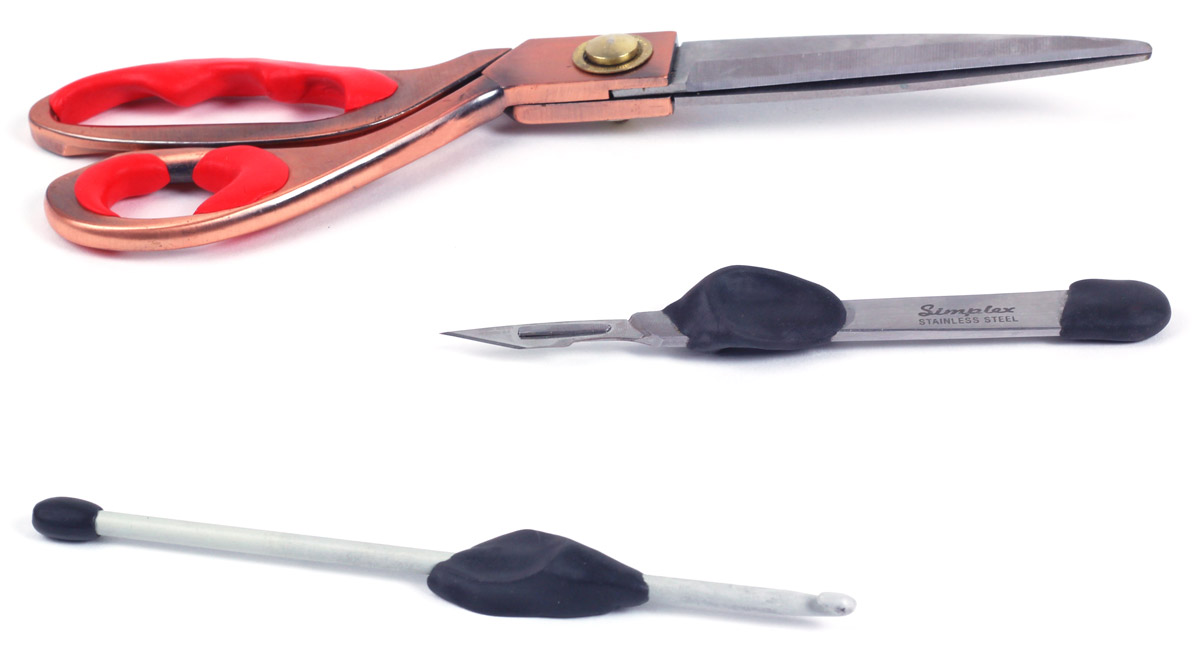
I recently saw you speak at 99U and you mentioned that it took years to get from the point of deciding to actually make the product to where you are now. Will you share about that so our readers can get a sense of the timeline?
I graduated in 2004 and we launched three years ago, so it took about five or six years to develop the science. It certainly didn’t happen overnight, but I had no idea how long it would take or how difficult it would be when I was first starting out. I did have a really deep sense that it was important, and it was also exciting. I love working in the unknown where I am learning something new every day.
The first thing to know is that I had no background in science or business, so it was important for me to link up with a team of people who did. I had a clear vision of what this material would be. I knew it needed to be colorful; it needed to be a pleasure to use; it needed to be safe; it needed to stick to lots of different types of materials because most adhesives only stick to one thing; and it had to feel like magic. Between my cofounder Roger and I, we met two amazing scientists, Ian and Steve, who had spent their lives working in the silicone industry, but had recently retired. I asked them if they had ever seen anything like my idea; they hadn’t. The thing is that sugru feels familiar because the idea is like lots of other things—Play-Doh and clay—but it’s a sideways evolution of those things. Ian and Steve gave us a lot of confidence that the idea sat in a patentable space and that if we developed the material, we’d be able to protect it. That was important in terms of being able to raise the investment to develop it.
We brought Ian and Steve on board and, at the time, I thought that I would come up with the idea, give them a brief, raise some money, and they would make it work. (laughing) When we got a small grant for £35,000, I spent the first £5,000 paying a contract laboratory to do three experiments. When I got the results of the experiments, which told me nothing, it dawned on me, “This is never going to happen if I don’t do it. I have to do it myself.” It wasn’t daunting because I thought, “How hard can it be?” It wasn’t rocket science; it was chemistry, and I had some good chemists who could teach me—and they did.
We spent the next £5,000 on laboratory equipment to set up our own little lab. Two years later, we were starting to get okay results with a formula that was starting to have some of the properties we needed. Now, I’m really glad I took that time because I so intimately understand how the material works. We have a factory and there are four people working full-time on developing and optimizing materials for the future. Because I spent two years working on the formula, I understand the challenges they’re facing and can take part in scientific conversations as well.
Developing the materials was only one part of what we had to do. The other parts were raising the investment to pay for all of it and developing a business model. My vision was really big and I felt strongly that sugru belonged with all the other products—like duct tape, superglue, and velcro—that people have in their toolboxes or kitchen drawers for those just-in-case moments. That’s where we needed to be, but that’s not something a small, two-person company can do, so we decided to explore a partnership. I started making friends with all the big glue companies and we put all our eggs in that basket because they were expressing so much interest and we were having loads of meetings. Then, in 2008, which was four years in, we had an almost-working material when we realized it was never going to happen. We kept having meetings, but nobody was putting money on the table. We hit a low point when I realized the business model wasn’t going to work—it was too risky and too big of an investment for a company to take on a totally unproven concept.
We ran out of funding in 2008 because it had taken longer to develop the materials than we thought and the business model looked like it wasn’t going to work. That was kinda crap because I had spent more than four years on this project and it was uncertain whether or not it was going to happen. Then I got a really good piece of advice from a friend of mine—actually, it was the best piece of advice I’ve ever gotten and I tell it to everyone. It is, “Start small and make it good.” That’s what I decided to do.
With the help of my friends, I gained the confidence I needed. They convinced me that if we put sugru online, we could do something really cool with it. They helped me believe that we could grow the brand ourselves without the help of a big company or distribution. That sounds obvious, but think back to 2008: Twitter was starting be something and Maker Faire was growing, but Kickstarter hadn’t even launched yet. People were just starting to talk about making in that kind of way.
In 2009, we decided to go for it and we set ourselves a six-month deadline, which ended around Christmas. That was it—we were determined to make a brand that excited us, without thinking about the industry or the future. We decided to make a product that we loved that could help people fix their stuff and keep it for longer. That was the most fun six months of my life!
We raised a small amount of money—£100,000—which allowed us to buy some machinery, develop the packaging, and create a website. By December 2009, we had our first slogan, which was “hack things better.” We made packaging that looked like space food and built a website that articulated our mission and what we were passionate about. We put together 1,000 packs of sugru to sell and, luckily, we got a really good review on a tech blog on the day we launched. Nobody knew about us for six years; we were working away in anonymity. Suddenly, we were on Boing Boing and Wired and everyone was asking about sugru. It had taken us two months to make 1,000 packs and we sold out in six hours. That was the day that changed everything. All these other people were so enthusiastic about our mission, and it has continued to grow.
“The word ‘sugru’ is the Irish word for ‘play’ and that’s what it’s all about—getting people to have a playful attitude toward life and to know that they can do something about their problems without having to wait around on others.”
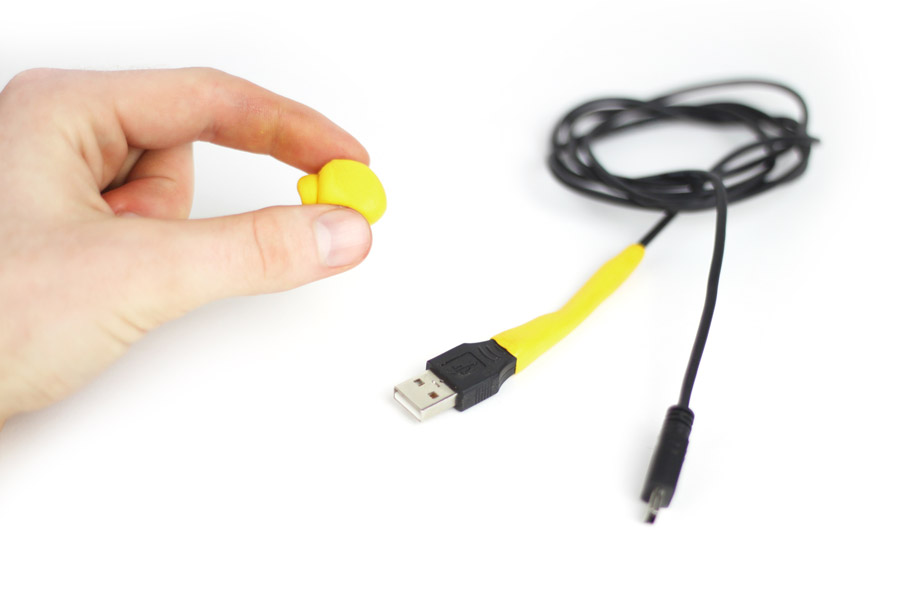
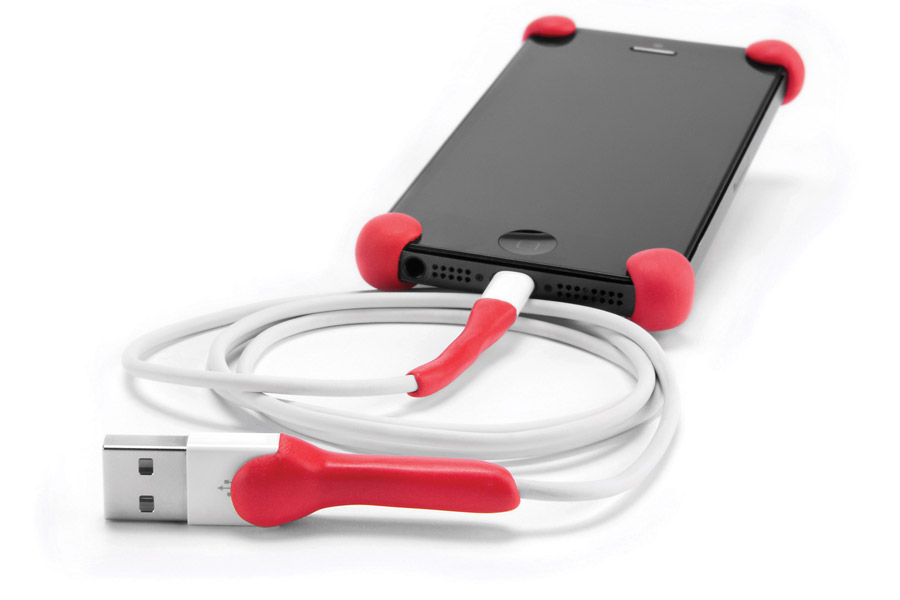
That’s so awesome! So, did you have an “aha” moment along the way?
It was that day in the kitchen when my boyfriend James made me see that it wasn’t about me—it was about enabling other people. Suddenly, sugru became something that could be massively scaled to have a large impact. It was no longer about me being in control; it was about encouraging other people to do stuff. I got so excited about seeing people use the creativity inside of them. As kids, we’re all creative, but it’s beaten out of us as we’re growing up. I think there’s so much hidden or undiscovered creativity in people, but they’re just not confident enough to use it. I’m passionate about helping people take a playful attitude toward life. The word “sugru” is the Irish word for “play” and that’s what it’s all about—getting people to have a playful attitude toward life and to know that they can do something about their problems without having to wait around on others.
Tina: I have to say that I love the packaging. I have a sample of sugru from the 99U conference and the branding and packaging is so playful. It doesn’t remind me of something I’d see in a hardware store; it’s very inviting.
That’s where design is really powerful and where we’ve used our design background to differentiate ourselves. We believe that we’ll only be successful if we break the rules. We can’t act like other companies that make materials like us—the way we’re going to win is by not being like them.
Definitely. So, you’ve invented a product and you’ve built a business. Have you had any mentors along the way or have you been figuring it out on your own?
A bit of both. I figure it out as I go along, but the way I do that is by having mentors and by reading a lot. I’m a big fan of business blogs and am an absolute sucker for Gary Vaynerchuk and Seth Godin. In terms of real-life stuff, my cofounder, Roger, has been involved from the start and he has a lot of business experience and a great network. Also, whenever I need to learn something new, I do reach out to people and ask questions. I’ve found that people are so incredibly helpful; when you can show that you’re really passionate and are working hard to achieve your dream, people will make time to help you.
Has there been a point in your life when you’ve taken a big risk to move forward?
I take big risks pretty continuously. (laughing) I’m very comfortable with risk. I guess that taking on people’s investment money has been a big deal because it’s other people’s hard-earned money. The move from thinking in terms of an established business model around licensing to thinking we could build our own brand was another big risk, but it didn’t feel like one—it felt like a huge opportunity. For me, all exciting opportunities have risk attached to them.
Are your friends and family supportive of what you do?”
Yeah! They love it. They’re all big sugru users and have been using it since well before we launched. Throughout the development process, I was giving it to any friends and family who were interested in testing it out. The thing is that what I do fits with the values I grew up with. For example, my granny, who was really into mending, made us dresses and fixed our clothes when we were young. My dad is my biggest stalker—before he has breakfast, he checks Twitter for sugru mentions and looks at the stats.
Is he your social media manager?
(laughing) Yeah. He’ll read this article before I do because it’ll come up on some Google alert that he’s set up.
That’s pretty amazing! Do you feel a responsibility to contribute to something bigger than yourself?
Yes. Of course we need to make the company commercially successful, but business is entirely a means to an end for us. Everyone who is involved in this business, from shareholders to employees, is really passionate about our vision, which is about making the world a more creative place and championing creativity in all its forms. I think that the world faces some really big challenges. Over the next few generations, we’re going to have to be creative and practical in how we solve those challenges. I think sugru can play a role in that.
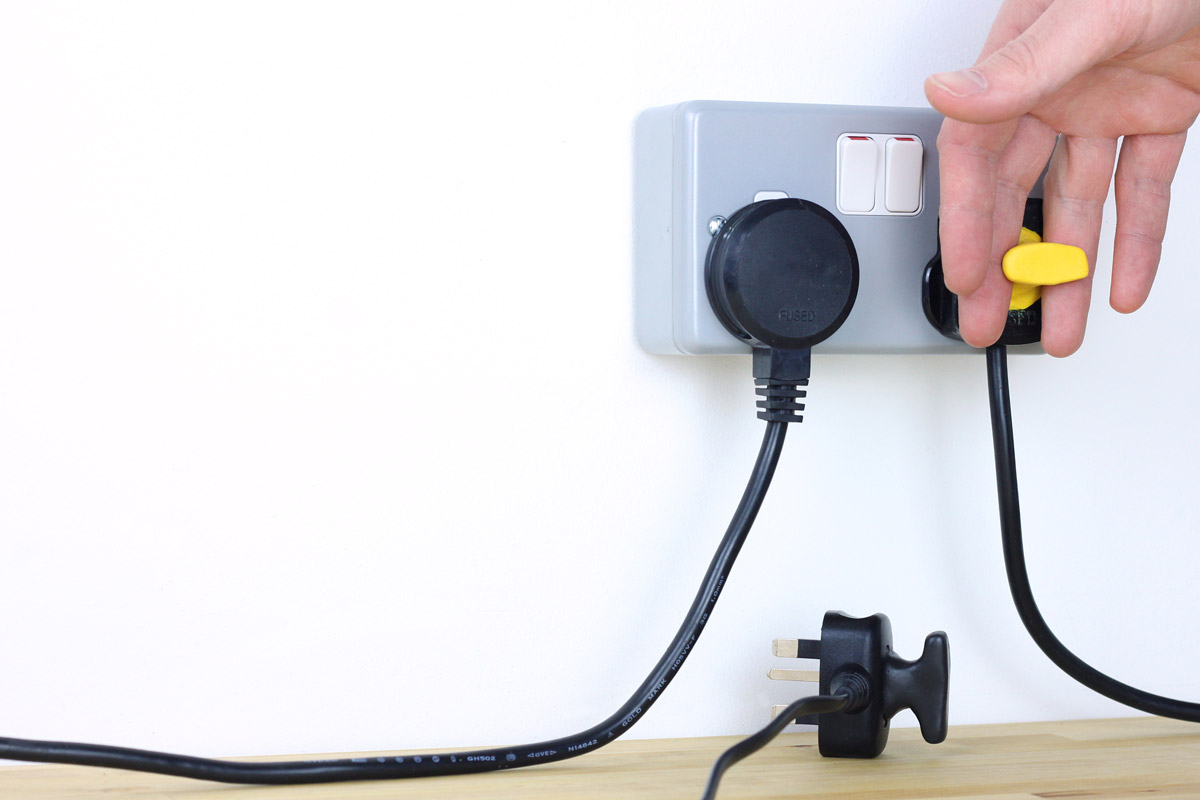
“Everyone who is involved in this business, from shareholders to employees, is really passionate about our vision, which is about making the world a more creative place and championing creativity in all its forms.”
Are you creatively satisfied?
Yes. Incredibly. I feel continuously out of my depth and that’s where I like to be.
Is there anything you’re interested in doing in the coming years?
Yes. At the moment, I’m putting a lot of my creativity into designing and running the business. I wish that there were more hours in the day because I’d like to be doing more making and be more involved in the community we’re creating. Those are two things I’d like to find more time for.
If you could give a piece of advice to a young person starting out, what would you tell them?
Spend time getting to know yourself and explore the things you’re interested in. You could be passionate about 100 things, but that’s a great problem to have. Learn about what gets you excited and fires you up. Then, find a sense of purpose because if you can find that, it won’t feel like work—this interview is going to be really cheesy.
Tina: No, this is great. I totally agree. I think it’s interesting, too, that sometimes on the way to pursuing the thing you think you love, you discover something else—or it finds you.
That’s exactly right. I never would have imagined that I’d create a business this interesting and exciting. And also, sugru is such a random thing; I never would have thought I’d create a functional material. Being open to where your passion takes you is important.
You’re in London. How does living there impact your creativity and work?
London is a great city and it feels like it’s at a special time—maybe every generation thinks their city is special in that way—but there is so much going on here. I’m in East London where there are 1,500–2,000 startups, which is insane. Creatively, there is so much going on in terms of music, film, design, and art. I love the city; I feed off of it.
I’m also involved in the London chapter of The Awesome Foundation. There are 10 of us who get together and put £100 each in to fund a different idea every other month. We get so many submissions and get to fund great projects that wouldn’t happen otherwise. Through that, I meet so many people who are driven to do really awesome stuff. It makes me think, “Wow! What a time we live in.”
It sounds like it’s important to you to be part of a creative community of people.
It’s incredibly important. As a business, we are part of a community that includes lots of other awesome businesses, like MOO.com and MakieLabs, to name a few. We have a factory, as does MOO, where we create a physical product that relies on a digital counterpart. Being able to learn about that process from other companies is extremely helpful.
I heard that you just made your first hire in New York.
Yes, we just hired a business development person. We’re going to be building a team there, little by little. Half of our sales are already in North America, just through our online platform and resellers. Our presence in London is solid and now our intention is to bite off NYC. We will be looking for people who can help us increase the awareness of sugru in North America, build out our reseller network, and grow a community around the brand.
Do you have an office space?
We’ve had an office space in Lower Manhattan for about a week.
Congratulations! So, what does a typical day look like for you?
There’s not a typical day, but increasingly, it involves a lot of planning meetings for all the projects we have going on, which includes a lot of different things. For example, we’re building out our retail channels while figuring out what the sugru way of doing that looks like. We’re also developing different campaigns to reach people and have an exciting project surrounding the future of sugru online. As for product development, we’re working on a kid-safe version of sugru, which opens up a whole new possibility in terms of toys.
That’s great! Just a few more questions. What’s your current album on repeat?
I’m really rubbish at finding new music to listen to. I’ve been listening to Daft Punk because my partner, James, has been playing it over and over on the weekends—our neighbors are probably going mad. (laughing)
Do you have any favorite TV shows or movies?
I love Mad Men; I’m a real sucker for that, but I don’t watch a lot of TV or movies otherwise.
Do you have a favorite book?
I’m a big fan of business books, but what I really love is fiction. Right now I’m reading a book by Colum McCann called Let the Great World Spin, which is set in New York City. It’s really amazing.
What is your favorite food?
(laughing) I’m really boring. I love white food: bread, potatoes, pasta, rice, milk, and eggs.
What kind of legacy do you hope to leave?
Personally, if I’ve been able to contribute to anyone’s life by helping them to be more creative than they would have been otherwise, then that would be amazing.
I also think about legacy in terms of the company. Sugru feels like the kind of product that could be around for generations if we get it right. I hope to build this business with a sense of care and purpose. We’ve already created a culture and atmosphere that is really positive and people love working here. If I can continue to build that, and if the company’s culture lasts for a long time, then that would be awesome.
“I never would have imagined that I’d create a business this interesting and exciting…I never would have thought I’d create a functional material. Being open to where your passion takes you is important.”
